When surreal makes sense – exploring with Dorothea Tanning, Olga Tokaczuk and more...
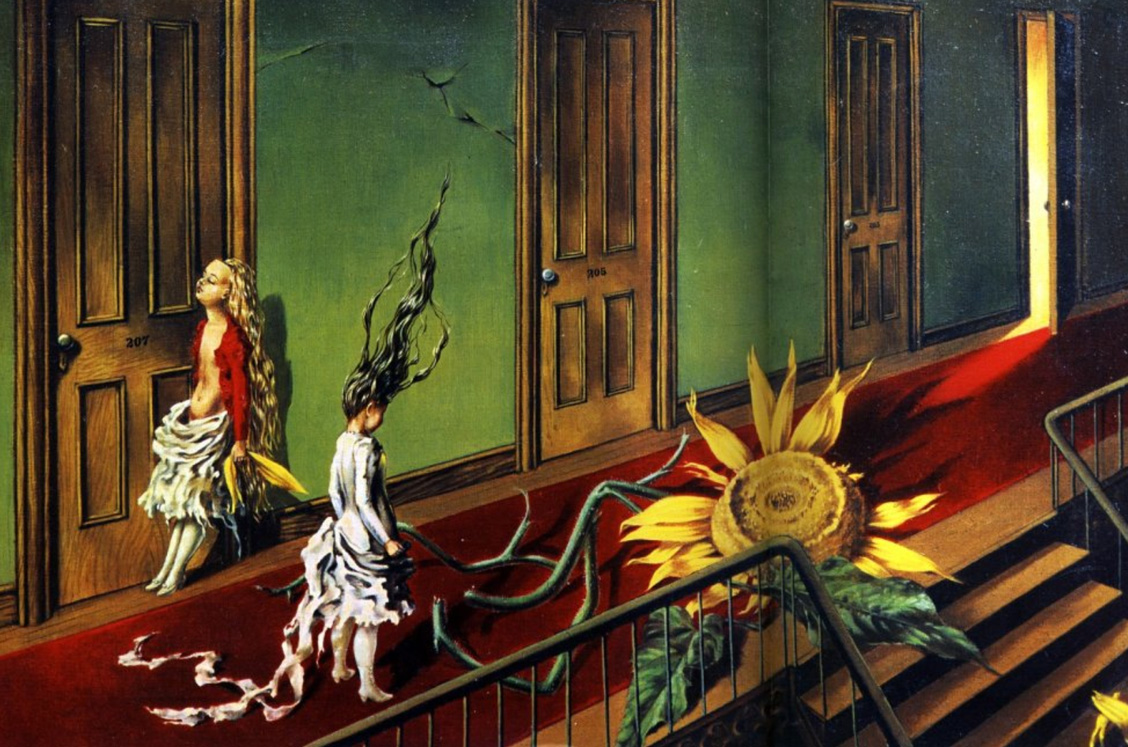
Last month The Spring took an impromptu pause while we moved house. It’s always strange to clean away your possessions into boxes and stack them neatly in the corner of an unfamiliar new room. Our homes are in many ways a profound extension of ourselves, a reflection of our inner sense of comfort, a place we can return and remember who we are – however we might have been influenced, exhausted or inspired in the outside world. Our homes remind us who we are and how we want to exist. Why else do we invest in little trinkets, special vases, coffee table books, mugs, posters and paint colours? Our physical home helps to bring us to the home inside our minds.
When we moved, I felt that particular sadness that only comes from leaving a place you’ve lived in, the closing of a chapter and saying goodbye to that extended part of yourself. Since moving, I’ve had dreams that featured very specific things from our old place – the seam of the kitchen shelf where you can’t stack things properly, the vent under the window in the kitchen, the sill in the bathroom that you had to hoover at an angle to get all the dust out. The reality of it is very mundane and practical, but it is accompanied by this surreal floating between-space where we have not quite left our old home, and not quite landed in the new one. In this space, it feels appropriate to dive a bit more into the surreal, and seek comfort in the strangeness.
So to this month: when surrealism makes sense.
When subjects are difficult to tackle in words – or when words are exhausted – writing, films, music, painting and dance can help express an experience. And when the oddness of the environment we find ourselves in is stranger than words, we can create wild fictional worlds. These imagined places can throw light on the overlooked, or make tangible the intangible. But oddly, the place we frequently return to in magical realism, surrealism or fantasy is nature. The nature of space on a colossal scale, or of cells on a microscopic one, is astonishing, a kind of fantastical magical realism that we live in every day.
The female archetype – particularly “the mother” and “the crone” – is often found roaming these stories. A deep, awe-struck sense of magic is rooted in women’s miraculous ability to grow new life. It’s an intuitive, creative power. But somewhere along the way, as folk tales were passed down, sanitised and sterilised, we lost the fundamental connection between life-giving and life-ending, and decided to focus mainly on the nurturing, fertile aspects of the female archetype. The destroyer is still there to be found, though, if only we look in the right places. The feminine power of life and death exists in various fragments of religion and story – the goddesses Kali (Hindu), Bellona (Roman) and Atropos (Greek), the stories of Medea (Greek), La Llorona (Mexican) and Janghwa and Hongryeon (Korean). Occasionally, the life-giver and -destroyer roles are seen in modern works too – like Dolly Parton’s song Mountain Angel, the David Lynch film Mullholland Drive, and in the novels Drive Your Plow Over the Bones of the Dead by Olga Tokarczuk and Bunny by Mona Awad.
“I grew up in a beautiful era, now sadly in the past. In it there was great readiness for change, and a talent for creating revolutionary visions. Nowadays no one still has the courage to think up anything new. All they ever talk about, round the clock, is how things already are, they just keep rolling out the same old ideas. Reality has grown old and gone senile; after all, it is definitely subject to the same laws as every living organism — it ages. Just like the cells of the body, its tiniest components — the senses, succumb to apoptosis. Apoptosis is natural death, brought about by the tiredness and exhaustion of matter. In Greek this word means ‘the dropping of petals.’ The world has dropped its petals.”
― Olga Tokarczuk, Drive Your Plow Over the Bones of the Dead
Both heroines in Tokarczuk’s and Awad’s books have a magical destroyer profile. Their connection to the animal world is completely intertwined with their internal worlds, and their ability to see injustice, pain or beauty is woven with their animal-like instinctual natures. Like Kali and La Llorona, they use destruction as an ethical force – a way to protect the natural world.
The magical realism genre allows female characters to connect with their wilder, destructive, protective, shewolf-like nature. In society, these women are ignored or chastised for weirdness. “Nobody takes any notice of old women who wander around with their shopping bags,” says Janina, the heroine of Drive Your Plow.
This kind of female anti-hero is often mistaken as un-feminine, difficult or – dare I say – crazy. In reality, destroyer-archetype anti-heros can throw light on ignored subjects, stir up the status quo and pave the way for change. Indeed, Tokarczuk’s novel caused a political stir in Poland, where it was first published, and where lately, the political bias is leaning more and more towards the right. In response to the 2017 film adaptation (“Spoor”), one journalist said: it was “a deeply anti-Christian film that promoted eco-terrorism”, thereby entirely missing the delicate complexity of the protagonist’s story. The crone-narrator offers an older, wiser perspective – one that doesn’t preach or fight, but that raises a hand and points to blind spots. “What of this,” it seems to ask, “and this?”
Surrealism Beyond Borders is at the Tate Modern until the end of August, and looks at the genre through a refreshingly wide lens. Scaling eight decades of work from 45 countries, the exhibition veers away from the typical surrealist works and gravitates toward a global understanding of the movement.
The collection includes Eine kleine Nachtmusik (A Little Night Music, 1943) by Dorothea Tanning (1910-2012). The painting depicts a girl and a doll in a hotel corridor, seemingly exhausted and in shock, post-tustle, with a giant, tattered sunflower. “It’s about confrontation,” the artist said in 1999, “Everyone believes he/she is his/her drama. While they don’t always have giant sunflowers (most aggressive of flowers) to contend with, there are always stairways, hallways, even very private theatres where the suffocations and the finalities are being played out, the blood red carpet or cruel yellows, the attacker, the delighted victim…”

The multiple selves, the open door with the warm yellow light, the girls’ outsized struggle with decay and beauty… Eine kleine Nachtmusik makes no exception to the genre and is generous with symbolic layers. We can, and many do, peel apart the layers and read into the symbolism to understand the statements being made. But sometimes it’s better to float in the world of the painting and let our minds free-associate.
Tanning wrote that “art has always been the raft onto which we climb to save our sanity.” It’s an invitation to be momentarily still – aware of all that life has, the positivity and the joy, the darkness. To witness and flow; to let things be.
Surrealism makes room for us. It expands our present experience, shuffling in ideas from a place that is as unusual as it is familiar. Below the surface, our subconscious revels in these portals, a break from judgement and categorisation and the limited language we use to construct them. To pause thought and to feel.
Millions of homes around the world tuned into the Eurovision song contest last month. This year, the competition’s chosen theme was “the sound of beauty”. While most acts gesture vaguely to the theme or completely ignore it altogether (I have to admit that I only realised there was a theme this week), one act took the theme to the heart of their entry.
Konstrakta, fronted by Ana Đurić, represented Serbia with a song In Corpore Sano – Latin for “in a healthy body”. The Kraftwerk-esque song opens with the line “What’s the secret for the healthy hair like Meghan Markle’s?”, and goes on to ponder the health conditions that may cause physical blemishes. How, she asks, can beauty be prized in the way it is? What secrets does the body hold?
“Meghan Markle isn’t that important here,” Đurić said in an interview, “but she’s representative of all those people in the media that we’re focused on… This is a song about the atmosphere in which we’re living, which has put health as the highest value.”
The chorus chants “an artist must be healthy” – perhaps a nod to her fellow Serbian, performance artist Marina Abramović, whose work Art Must Be Beautiful, Artist Must Be Beautiful (1975) contained a repetitive action and phrase. In Abramović’s work, the message was about the perception of the female artist, but in Đurić’s, the song is a direct comment on the state of the health service – particularly in Serbia, but resonant around the world – which requires most people to take insurance to cover the costs of their healthcare. As an artist, with no regular income, Đurić commented in an interview that she can’t afford insurance and so “must be healthy”. The live performance centred around repetitive hand movements – washing, gesturing and clapping. In art, the hands are often representative of a life’s work, and Kronstrakta’s focus on hand gestures highlights the disparity between an individual’s manual labour and hygiene, and the commentary on the healthcare system. “We needed a compulsive aspect during the song,” Đurić said, “which we decided would be the washing of hands.”
Until next month…
May you be well, happy, whole, and free.
T & B
~~~~~~
Invite your friends to subscribe!
![]() Being with dark and light
Being with dark and light![]() Don't leave!
Don't leave!![]() Unlikely meeting points & unlikely collaborations 🌗
Unlikely meeting points & unlikely collaborations 🌗![]() Sit in the middle of things 🧘♀️🪻
Sit in the middle of things 🧘♀️🪻![]() 5 things I learned at a Buddhist monastery
5 things I learned at a Buddhist monastery![]() 6 good things to do
6 good things to do![]() Extraordinary ordinariness: space orbits and sleeping dogs
Extraordinary ordinariness: space orbits and sleeping dogs![]() The ebb and flow of things
The ebb and flow of things![]() A short breath in the bardo
A short breath in the bardo![]() A slender cord of grace
A slender cord of grace![]() Artists reflect on water
Artists reflect on water![]() A love letter to a loaded gun
A love letter to a loaded gun![]() Are you for real?
Are you for real?![]() What is a good life?
What is a good life?![]() Who decides what you think?
Who decides what you think?![]() When new year should be according to history...
When new year should be according to history...![]() Does Mozart really make you smarter?
Does Mozart really make you smarter?![]() Old stories to find light in dark times
Old stories to find light in dark times![]() The human need to put things together
The human need to put things together![]() The power of trends: the good, the bad and the pumpkin-spiced.
The power of trends: the good, the bad and the pumpkin-spiced.![]() From terrestrial to celestial – where do we find inspiration?
From terrestrial to celestial – where do we find inspiration?![]() The illusion of ownership
The illusion of ownership![]() Let’s go down the rabbit hole 🐇
Let’s go down the rabbit hole 🐇![]() Identity, the artist, and #goblinmode
Identity, the artist, and #goblinmode![]() Punk and her godmothers
Punk and her godmothers![]() The ultimate journey – homecoming, heroes and wholeness.
The ultimate journey – homecoming, heroes and wholeness.![]() It’s mushroom month...
It’s mushroom month...![]() Robots, AI and artistry, oh my!
Robots, AI and artistry, oh my!![]() Longevity, love and memory...
Longevity, love and memory...![]() Summer, Freud and a sonnet...
Summer, Freud and a sonnet...![]() When surreal makes sense – exploring with Dorothea Tanning, Olga Tokaczuk and more...
When surreal makes sense – exploring with Dorothea Tanning, Olga Tokaczuk and more...![]() Twists and turns with Mary Oliver, Alan Watts and Astrid Lindgren...
Twists and turns with Mary Oliver, Alan Watts and Astrid Lindgren...![]() First flowers of spring: the need for beauty and hope at all times
First flowers of spring: the need for beauty and hope at all times![]() Defining reality, playing with illusion with Robert Frost, Hilma Af Kilnt and more...
Defining reality, playing with illusion with Robert Frost, Hilma Af Kilnt and more...![]() Celebrating the cycles of light and dark with Joan Didion, Danez Smith and more...
Celebrating the cycles of light and dark with Joan Didion, Danez Smith and more...

 Being with dark and light
Being with dark and light Don't leave!
Don't leave!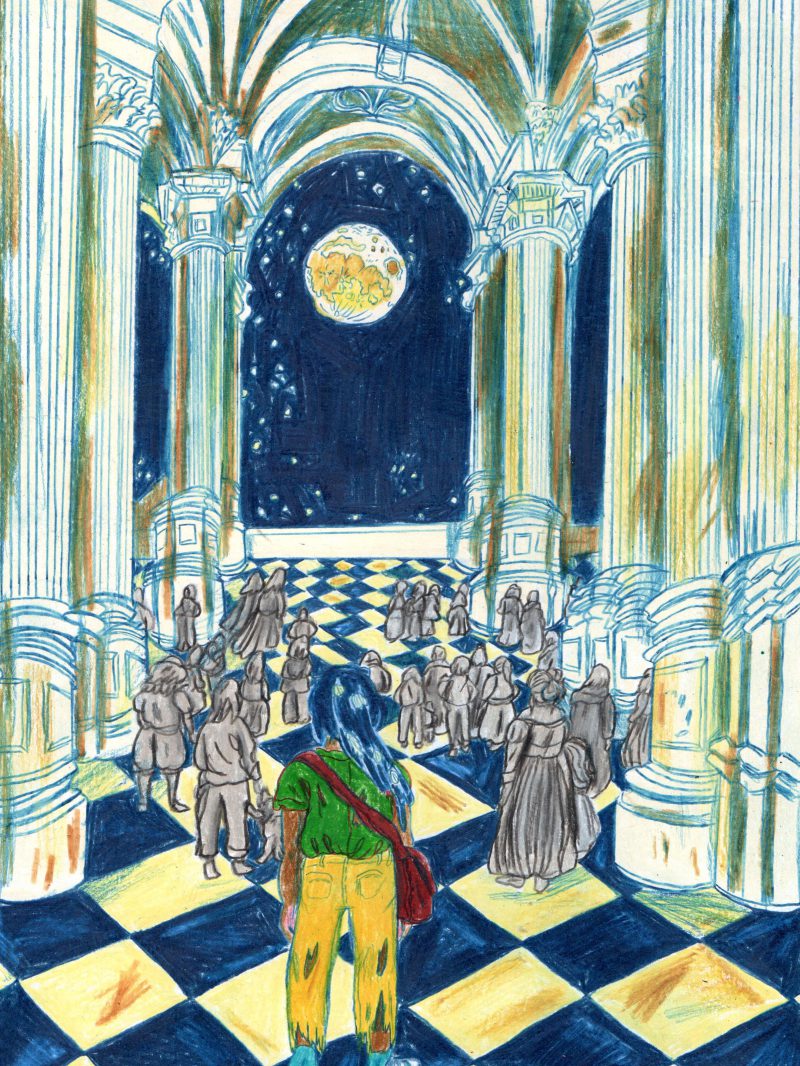 Unlikely meeting points & unlikely collaborations 🌗
Unlikely meeting points & unlikely collaborations 🌗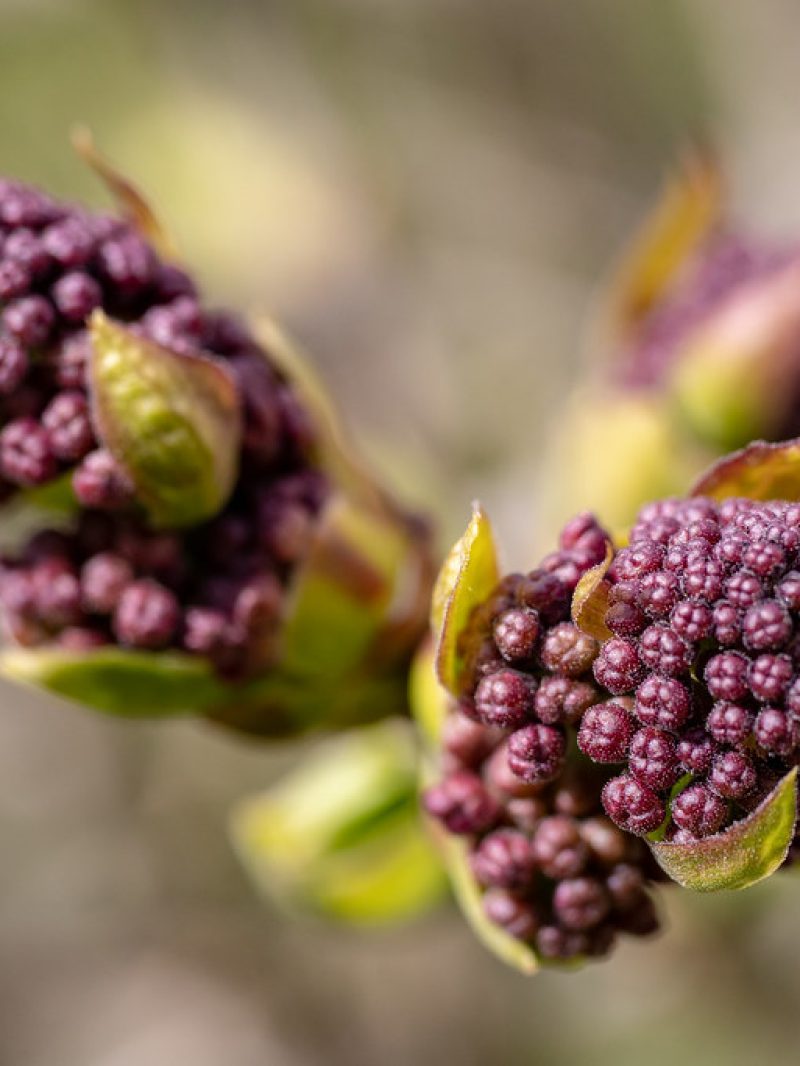 Sit in the middle of things 🧘♀️🪻
Sit in the middle of things 🧘♀️🪻 5 things I learned at a Buddhist monastery
5 things I learned at a Buddhist monastery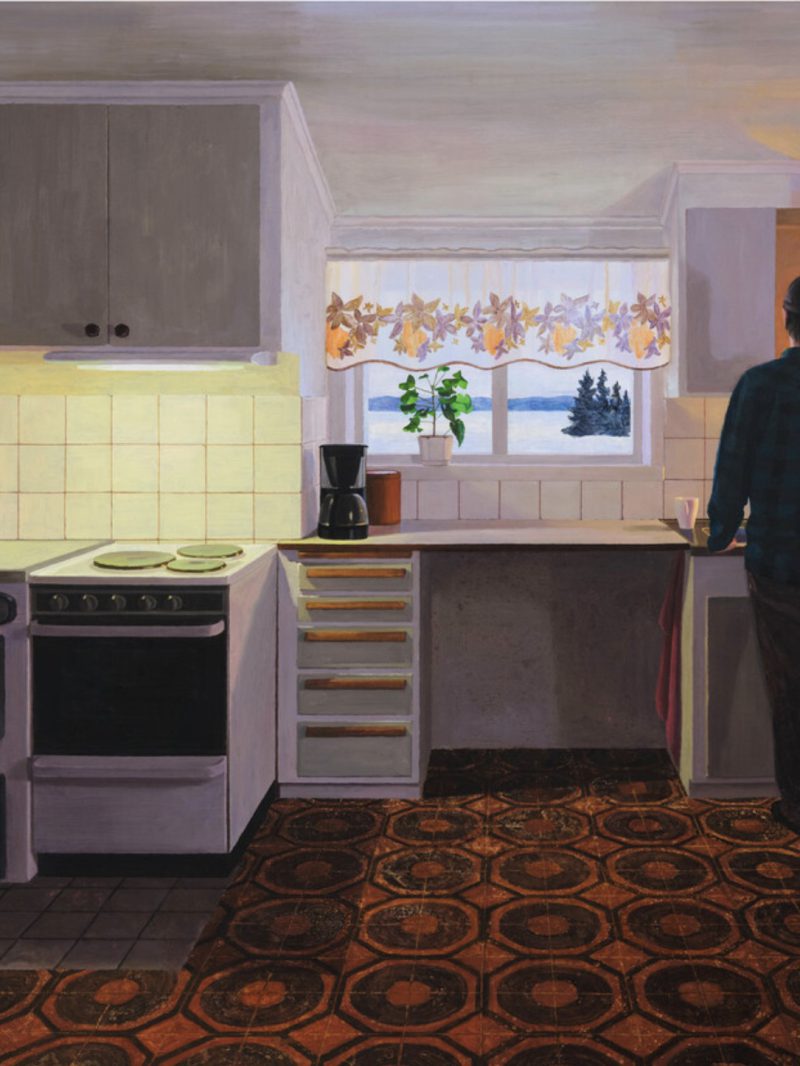 6 good things to do
6 good things to do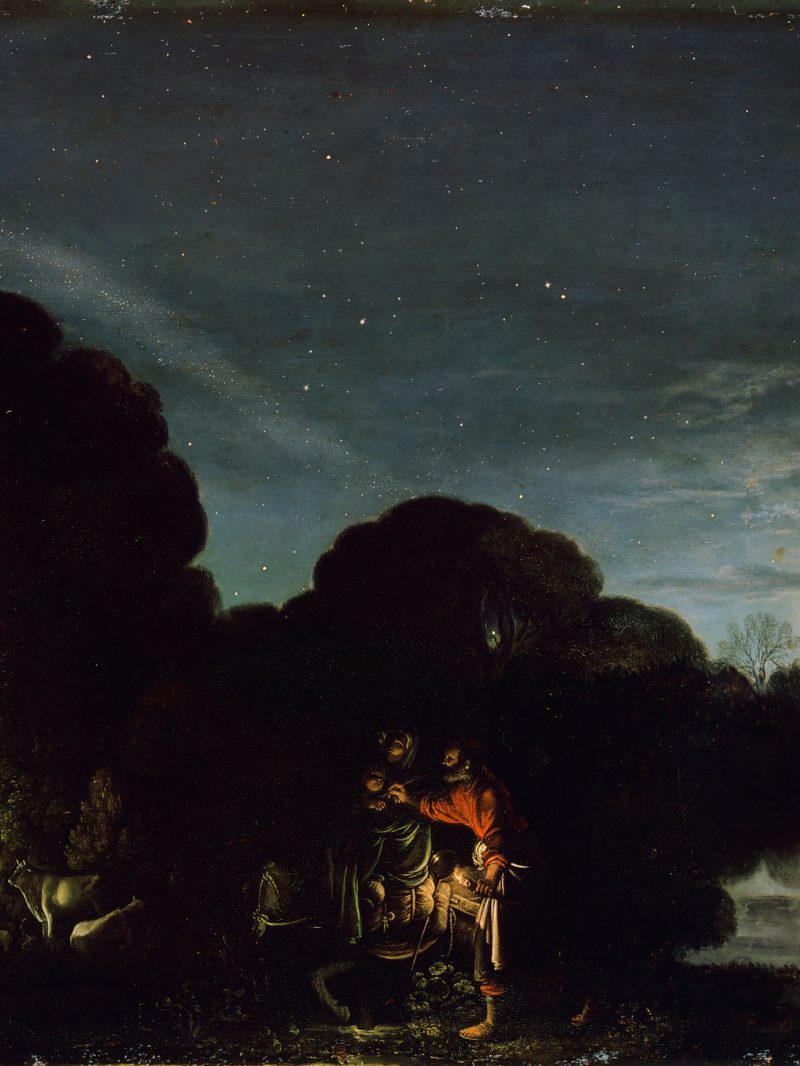 Extraordinary ordinariness: space orbits and sleeping dogs
Extraordinary ordinariness: space orbits and sleeping dogs The ebb and flow of things
The ebb and flow of things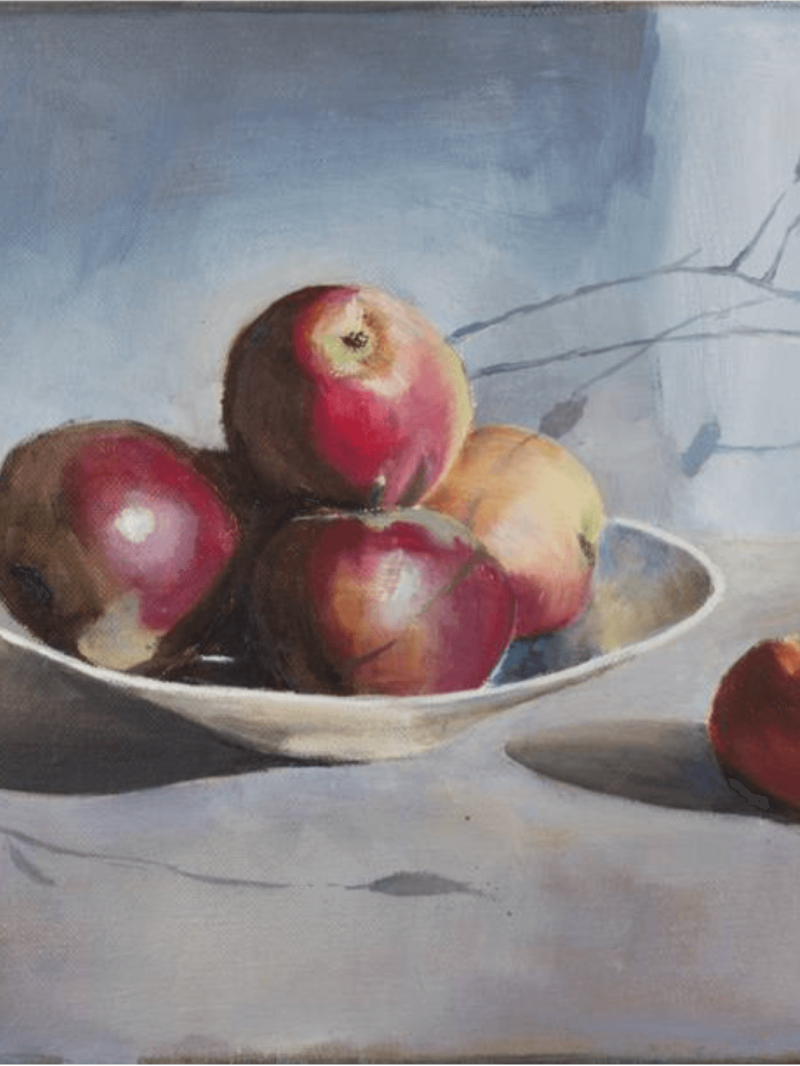 A short breath in the bardo
A short breath in the bardo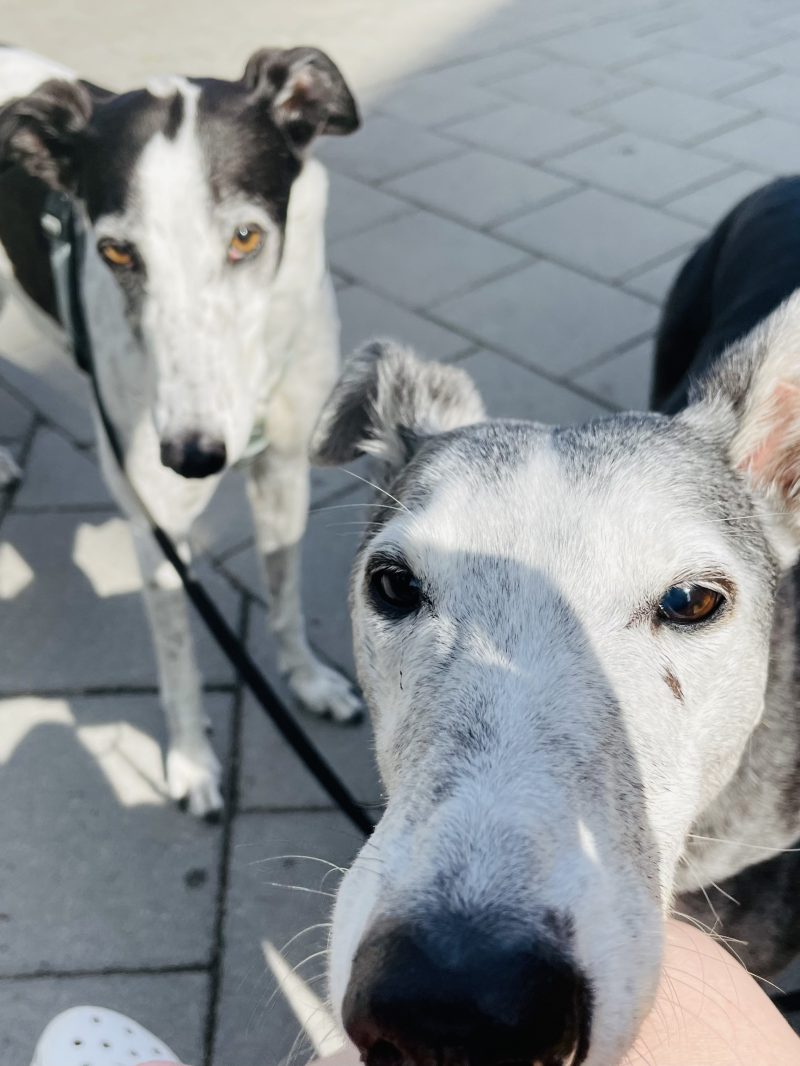 A slender cord of grace
A slender cord of grace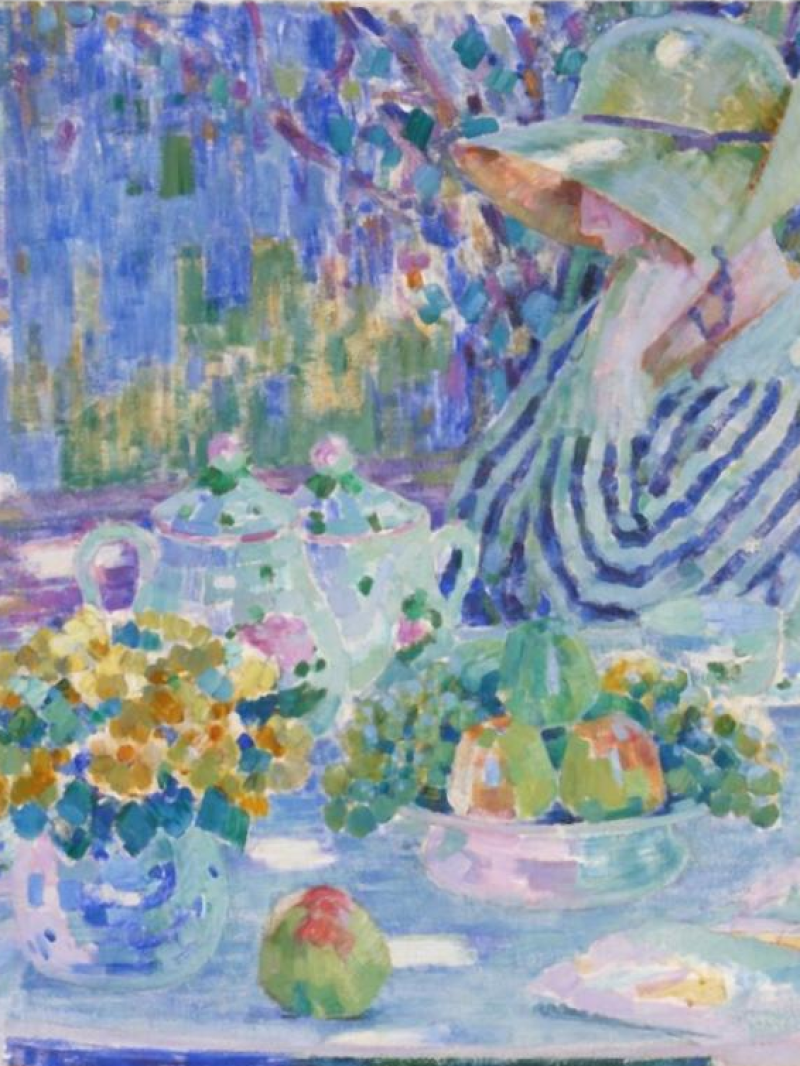 Artists reflect on water
Artists reflect on water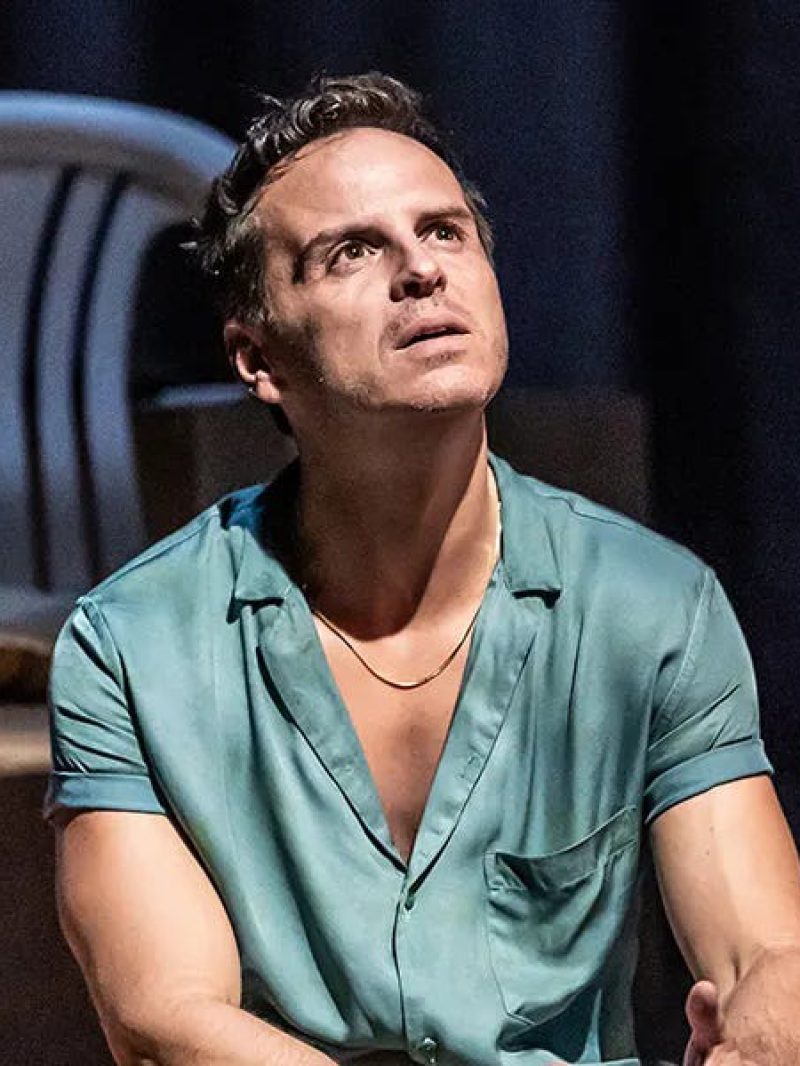 A love letter to a loaded gun
A love letter to a loaded gun Are you for real?
Are you for real?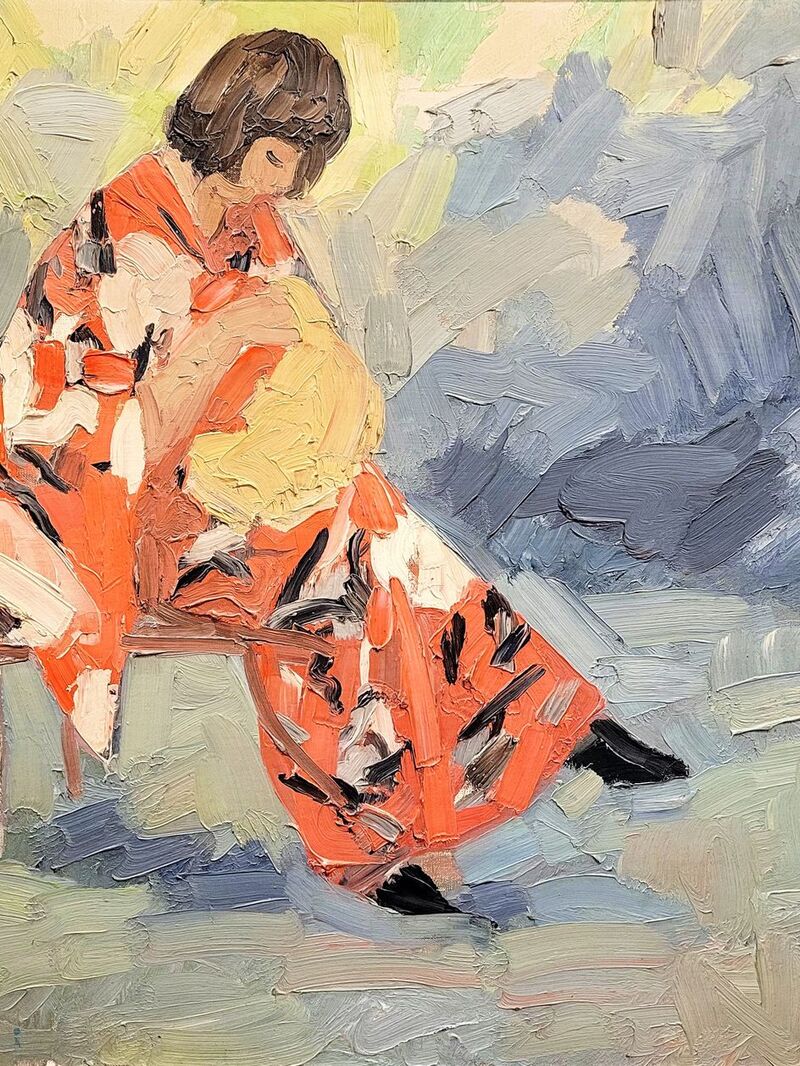 What is a good life?
What is a good life?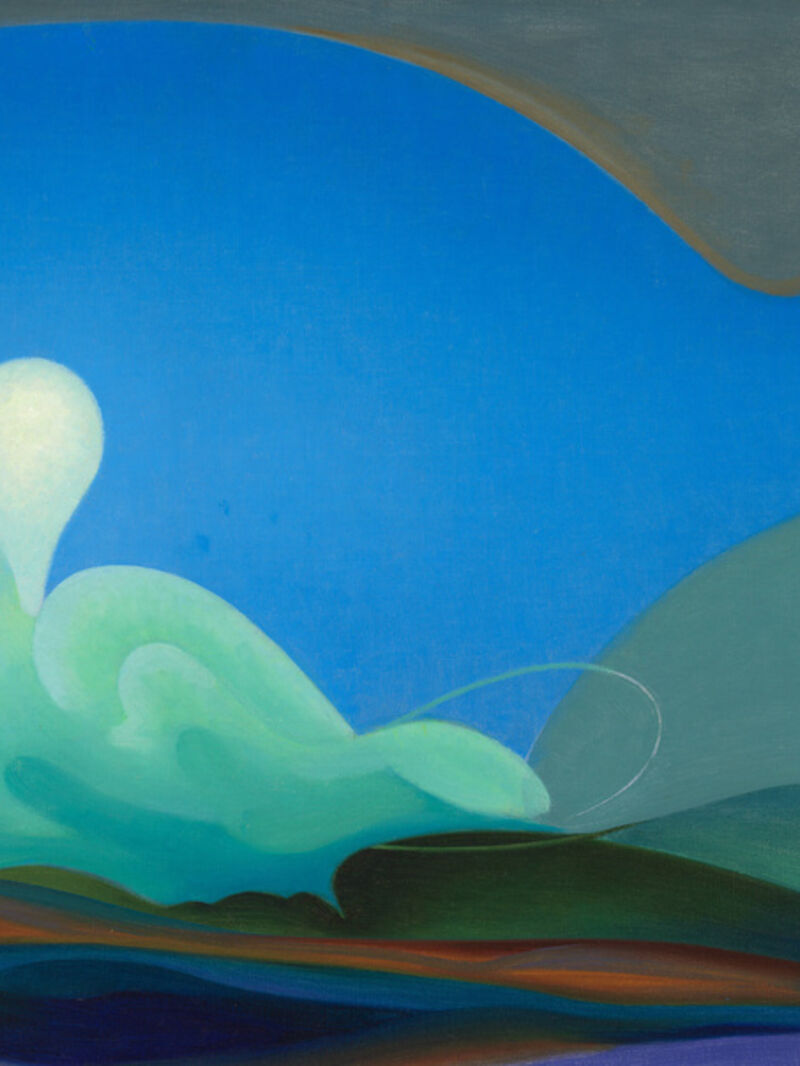 Who decides what you think?
Who decides what you think?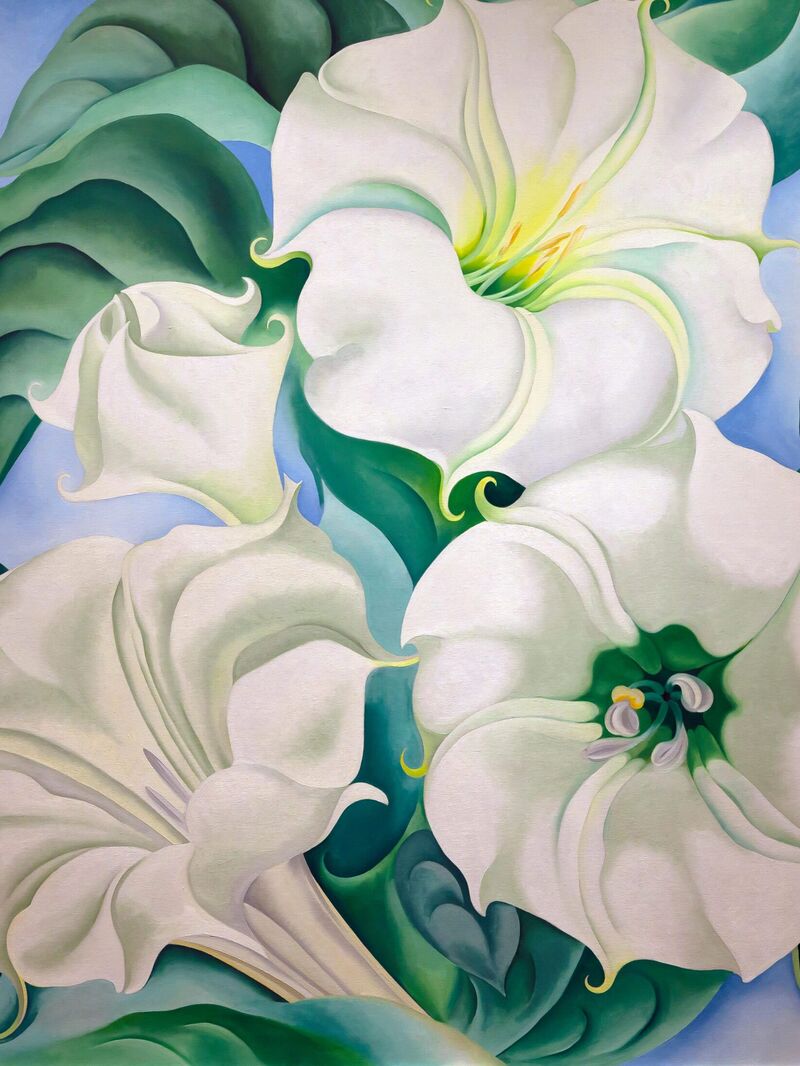 When new year should be according to history...
When new year should be according to history... Does Mozart really make you smarter?
Does Mozart really make you smarter?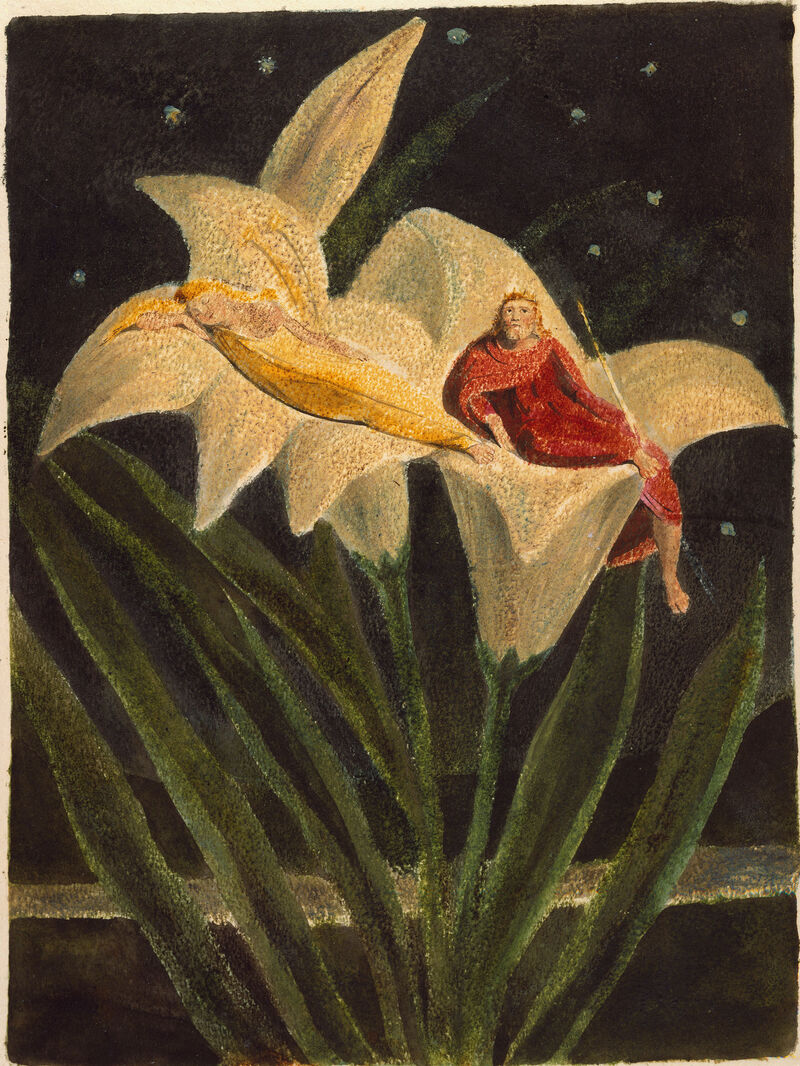 Old stories to find light in dark times
Old stories to find light in dark times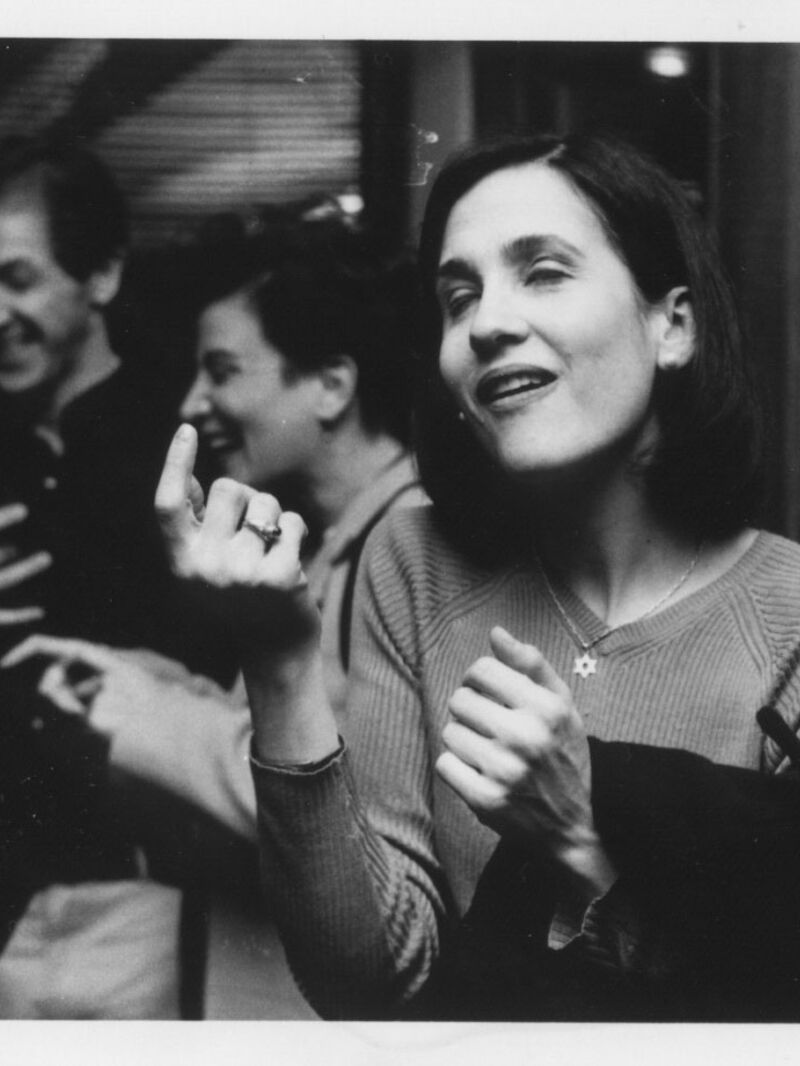 The human need to put things together
The human need to put things together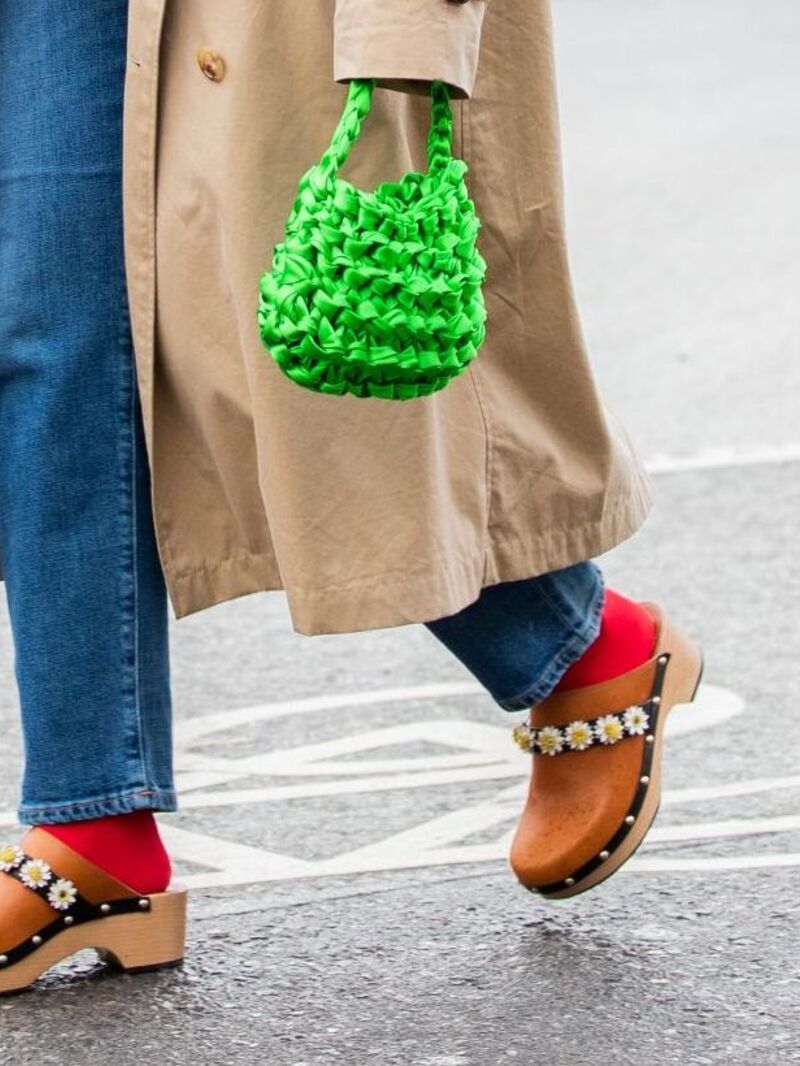 The power of trends: the good, the bad and the pumpkin-spiced.
The power of trends: the good, the bad and the pumpkin-spiced. From terrestrial to celestial – where do we find inspiration?
From terrestrial to celestial – where do we find inspiration?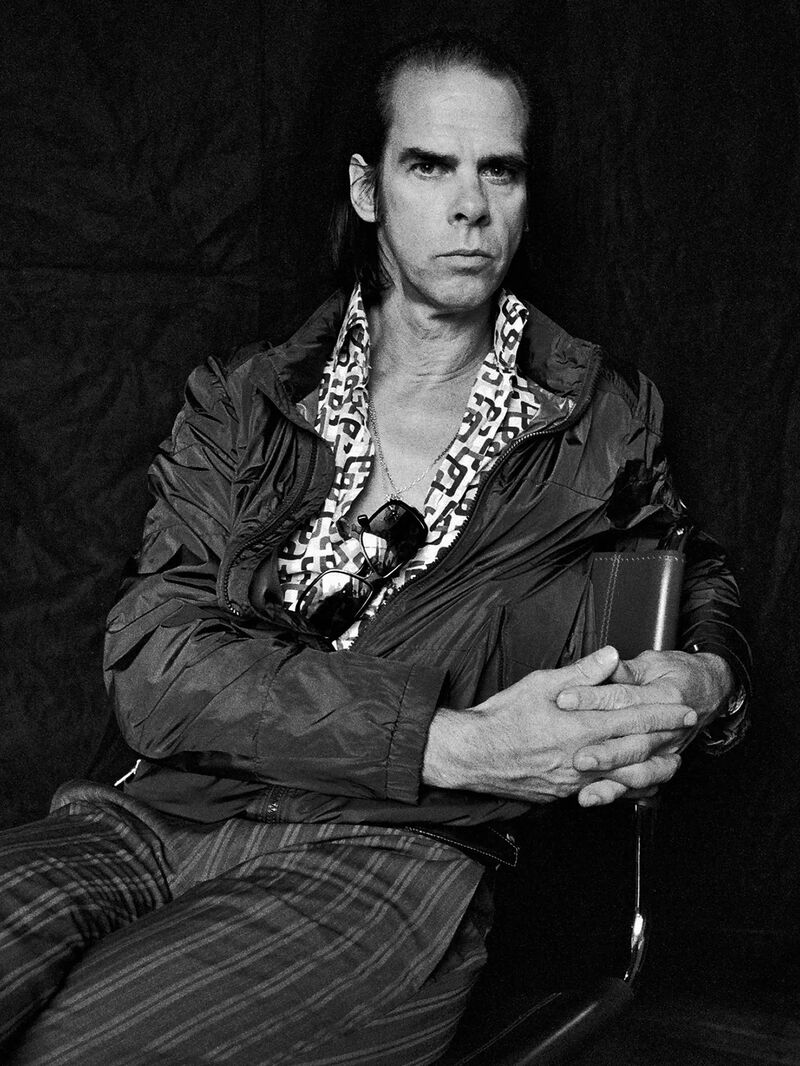 The illusion of ownership
The illusion of ownership Let’s go down the rabbit hole 🐇
Let’s go down the rabbit hole 🐇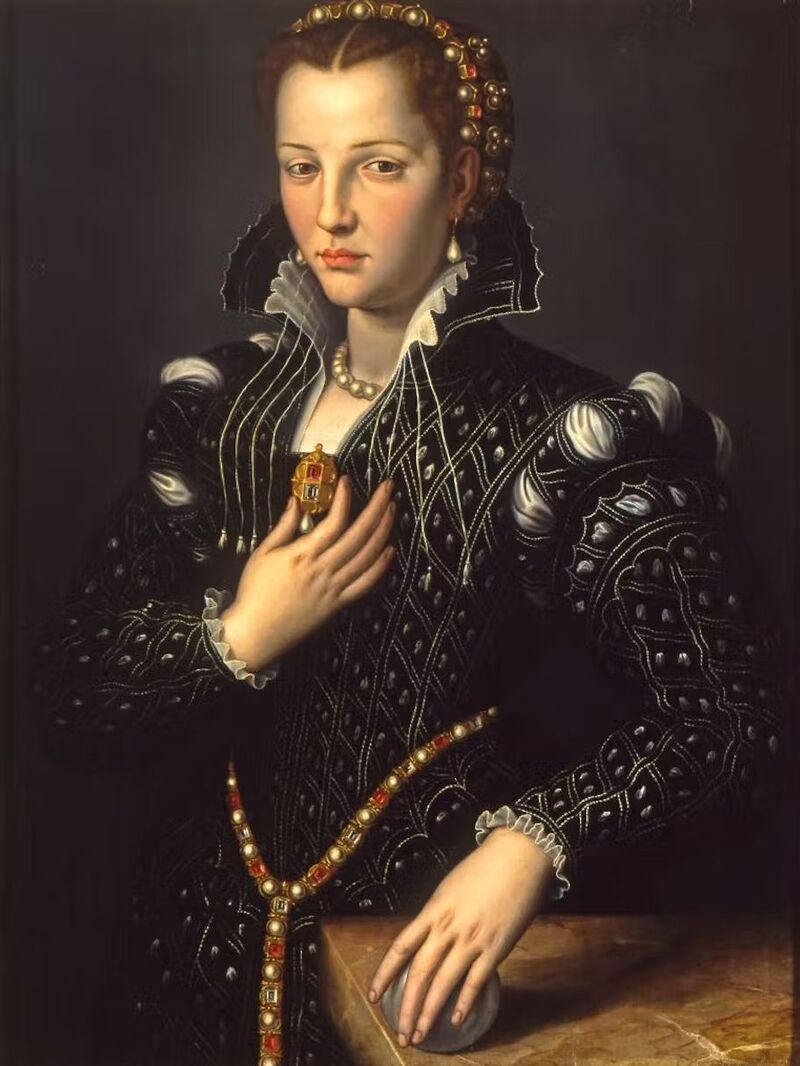 Identity, the artist, and #goblinmode
Identity, the artist, and #goblinmode Punk and her godmothers
Punk and her godmothers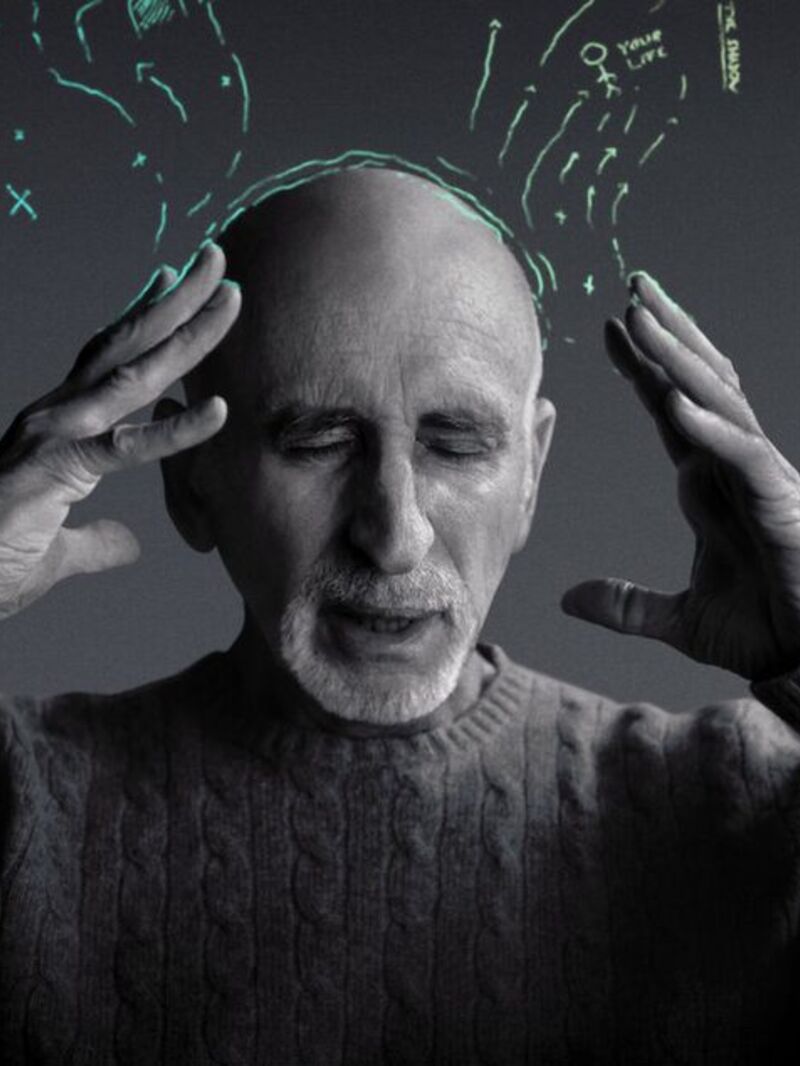 The ultimate journey – homecoming, heroes and wholeness.
The ultimate journey – homecoming, heroes and wholeness.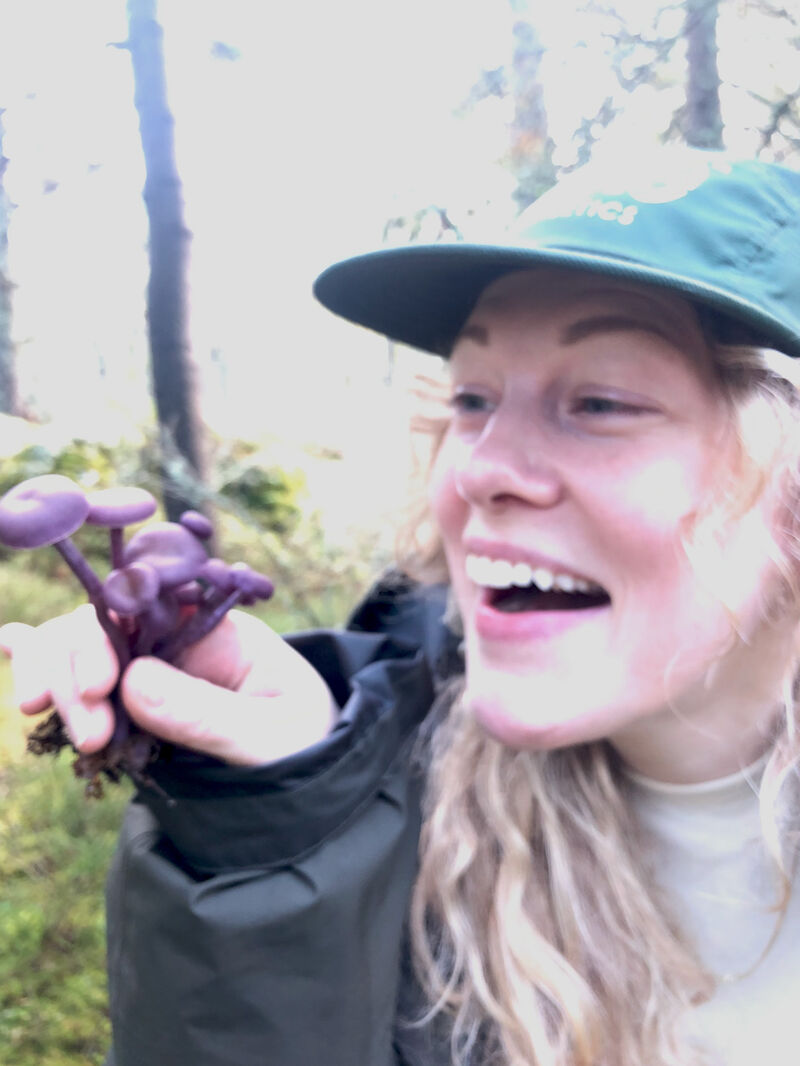 It’s mushroom month...
It’s mushroom month... Robots, AI and artistry, oh my!
Robots, AI and artistry, oh my!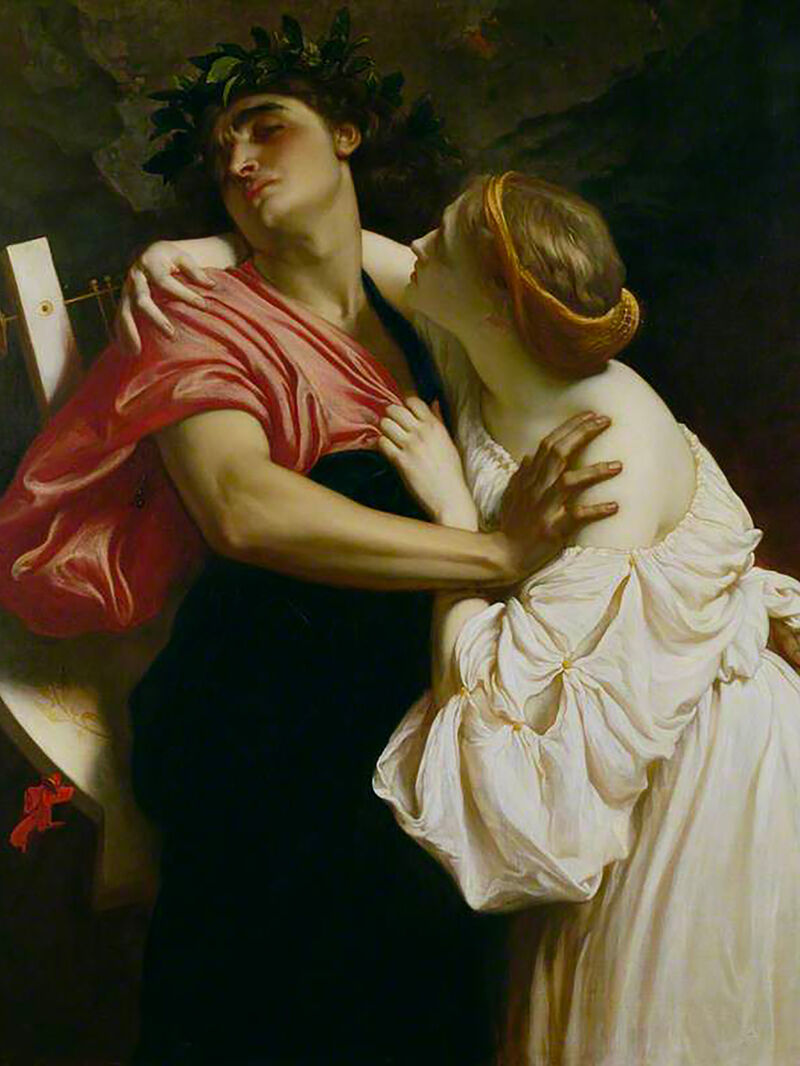 Longevity, love and memory...
Longevity, love and memory...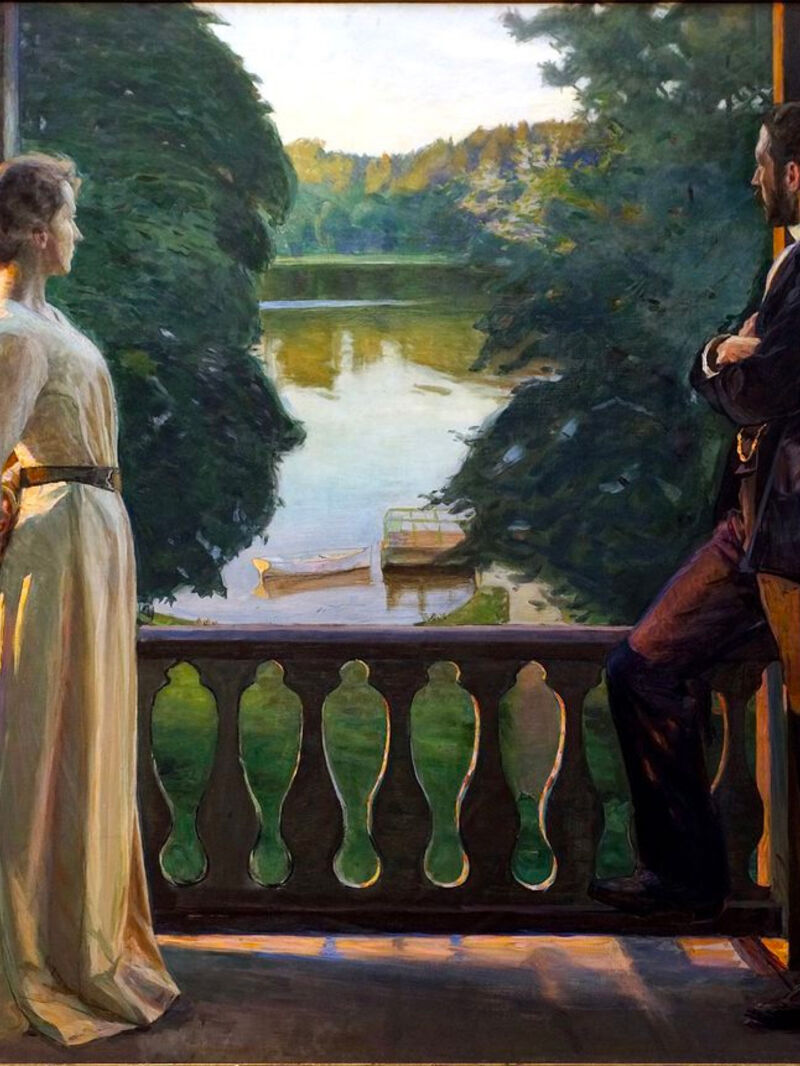 Summer, Freud and a sonnet...
Summer, Freud and a sonnet...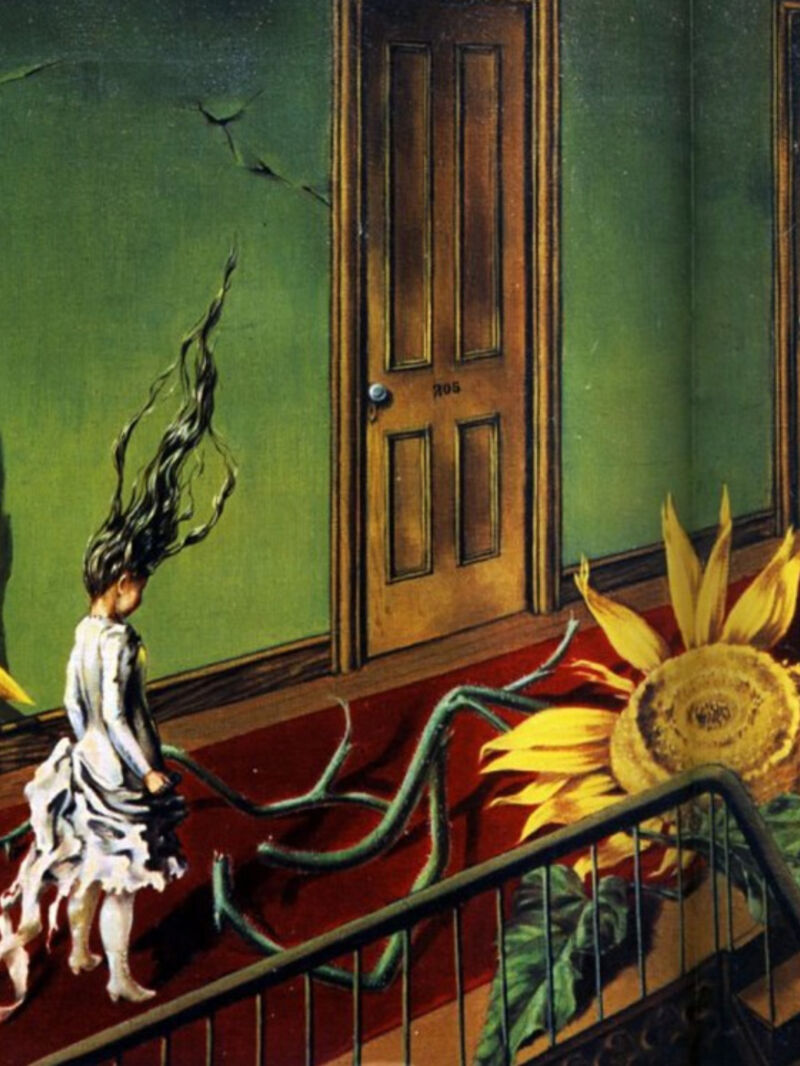 When surreal makes sense – exploring with Dorothea Tanning, Olga Tokaczuk and more...
When surreal makes sense – exploring with Dorothea Tanning, Olga Tokaczuk and more...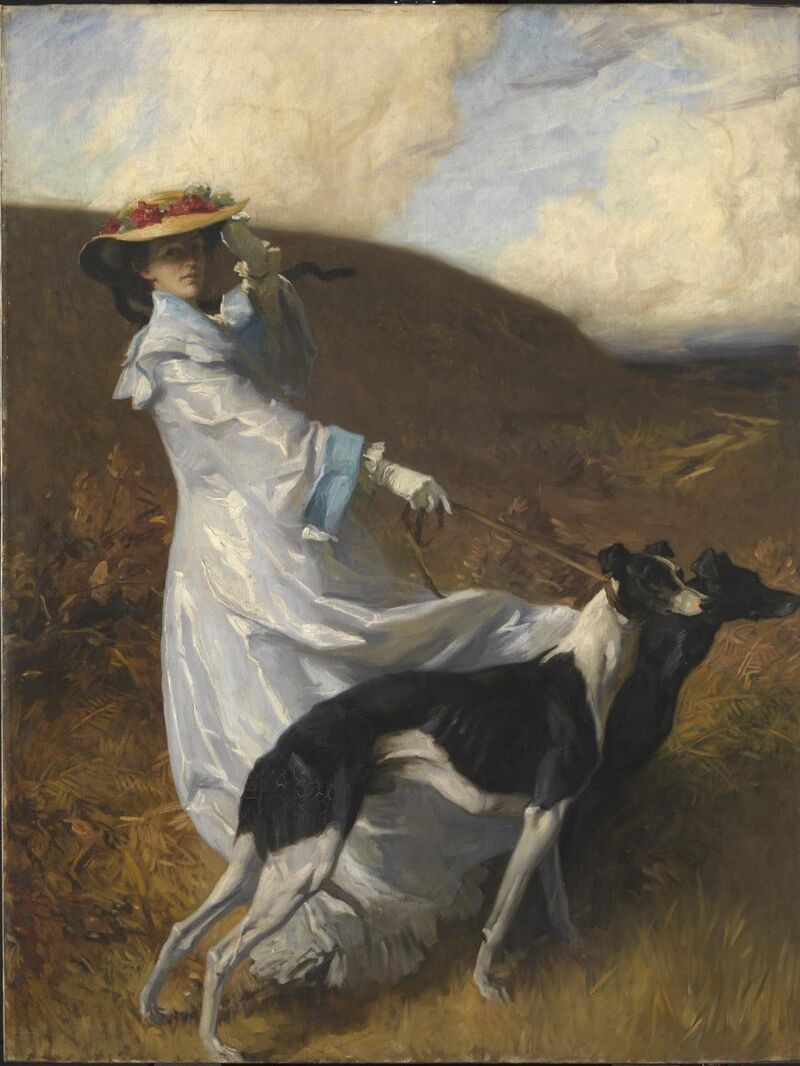 Twists and turns with Mary Oliver, Alan Watts and Astrid Lindgren...
Twists and turns with Mary Oliver, Alan Watts and Astrid Lindgren...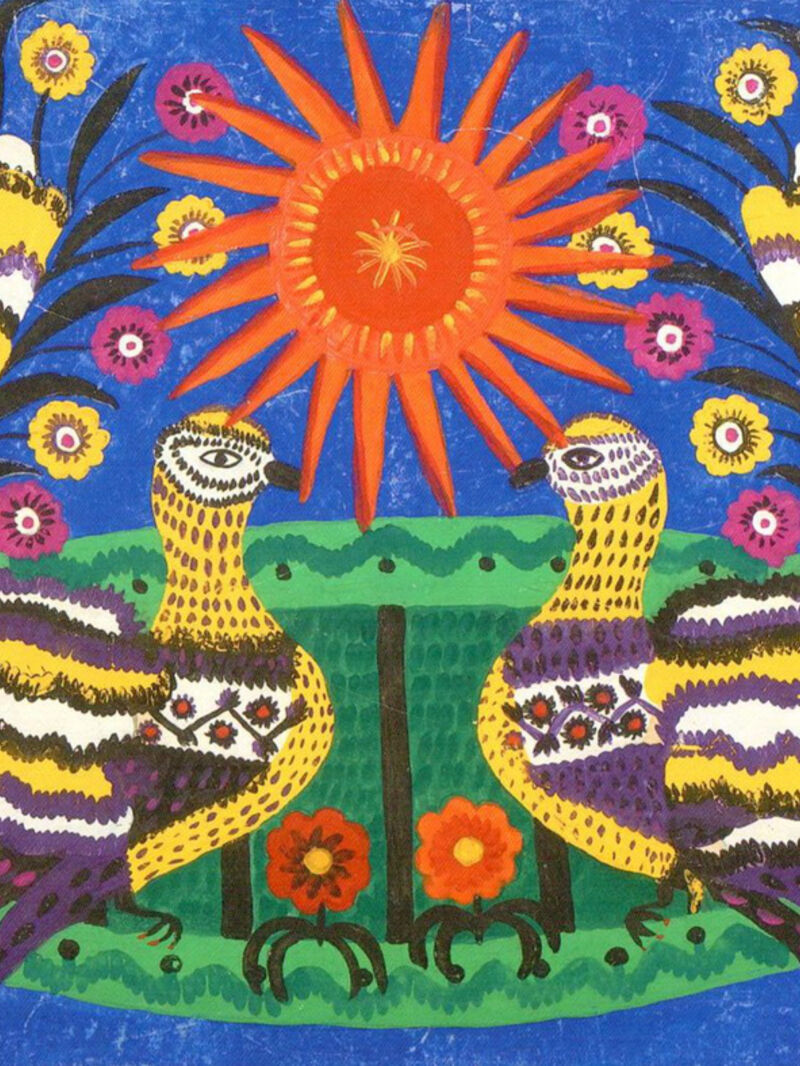 First flowers of spring: the need for beauty and hope at all times
First flowers of spring: the need for beauty and hope at all times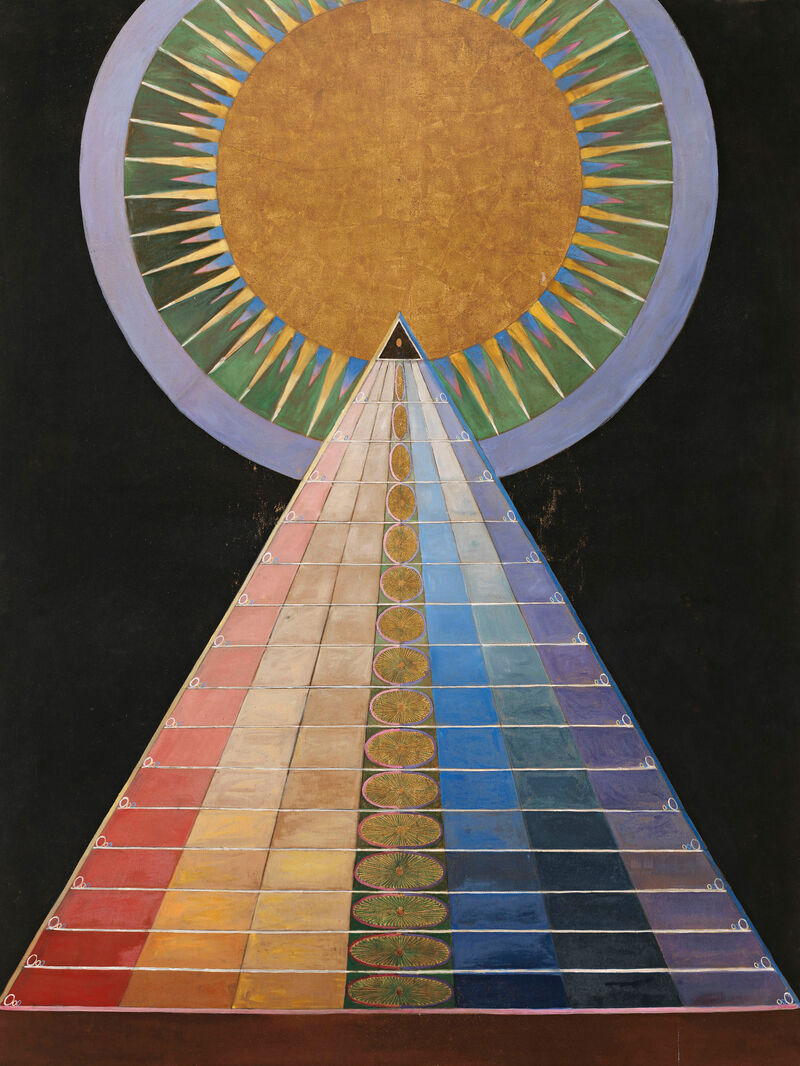 Defining reality, playing with illusion with Robert Frost, Hilma Af Kilnt and more...
Defining reality, playing with illusion with Robert Frost, Hilma Af Kilnt and more...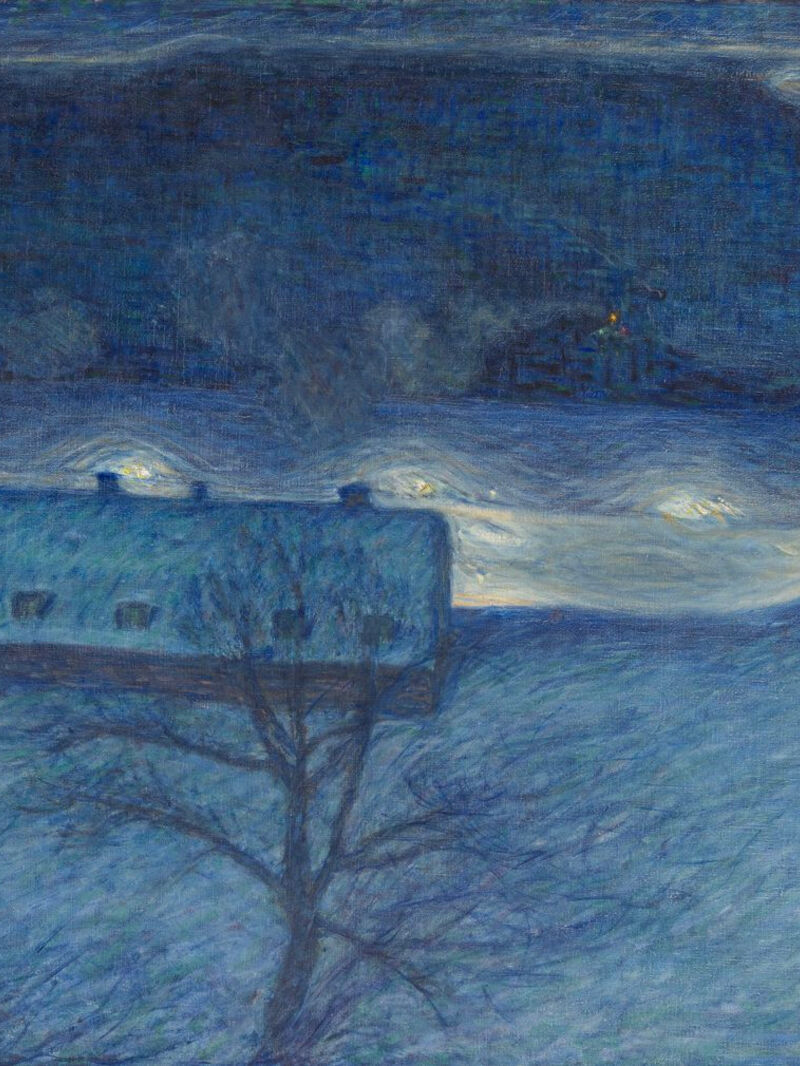 Celebrating the cycles of light and dark with Joan Didion, Danez Smith and more...
Celebrating the cycles of light and dark with Joan Didion, Danez Smith and more...